Ensuring an HIV/AIDS free Nigeria: The #ItBeginsWithYouCampaign in TARHEMBE community, Benue State
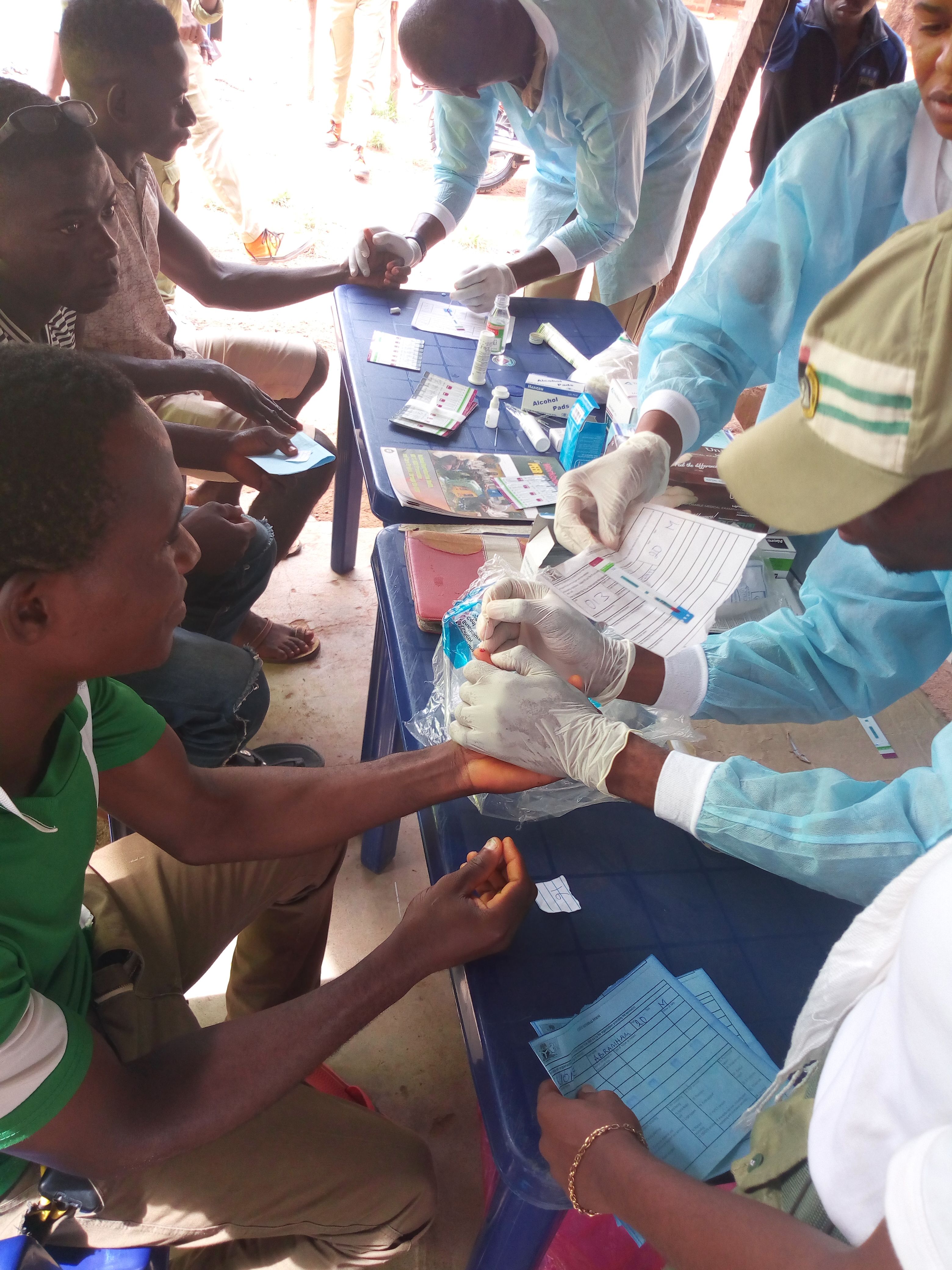
..As of 2014 in Nigeria, the HIV prevalence rate among adults ages 15–49 was 3.17 percent. Nigeria has the second largest number of people living with HIV. The HIV epidemic in Nigeria is complex and varies widely by region. In some states, the epidemic is more concentrated and driven by high-risk behaviors, while other states have more generalized epidemics that are sustained primarily by multiple sexual partnerships in the general population. Youth and young adults in Nigeria are particularly vulnerable to HIV, with young women at higher risk than young men. There are many risk factors that contribute to the spread of HIV, including prostitution, high-risk practices among itinerant workers, high prevalence of sexually transmitted infections (STI), clandestine high-risk heterosexual and homosexual practices, international trafficking of women, and irregular blood screening.
The first two AIDS cases in Nigeria was diagnosed in 1985 and reported in 1986 in Lagos one of which was a young female sex worker aged 13 years from one of the West African countries. The news of this first AIDS case sent panic, doubt and disbelief to the whole nation as AIDS was perceived as the disease of American homosexuals. Some people saw the story about AIDS as a ploy by the Americans to discourage sex and many acronyms, one of which was ‘American Idea for Discouraging Sex’ emerged at the time. This earlier perceptions, skepticisms and reactions of the Nigerian public towards the ‘foreign’ AIDS case and HIV/AIDS in general has been well documented in the introductory part of a fairly recent doctoral thesis on ‘Modelling HIV/AIDS Epidemic in Nigeria’ that can be found online.
Notwithstanding the above misconception by the Nigerian public, since the beginning of the epidemic in the mid-1980s, a total of 220,0000 new HIV infections have been reported in 2014. Most cases were adults over the age of 15 years. A substantial number of new HIV-infected children (<15 years) was also noted in 2014 . Notably, previous data had linked the infections of a substantial number of HIV-infected children to their mothers’ infections (Nigeria National Agency for the Control of AIDS, 2012). The table also indicates that 1.6 million AIDS orphans were estimated to be in the country in 2014. The number of people estimated to be receiving ART was 747,382 with 3.0 million adult populations estimated to be living with the disease as of 2014. Albeit due to its population size, Nigeria is now the second largest HIV disease burden in the world with 3.2 million after South Africa which has 6.8 million burden of the disease though prevalence is stable at 3.4% (Nigeria National Agency for the Control of AIDS, 2012).
Now to the main subject of discourse
I and a team of other Corp members in HIV/PET Community Development Service group decided to organize a rally and HIV awareness and sensitization in Tarka Local Government which included free HIV screening and counselling by our medical team as well as free distribution of condoms.
We decided to do all of these to contribute our own little quota to ensuring an HIV/AIDS free Nigeria in the nearest future.
Here are some of the moments at the sensitization and screening:
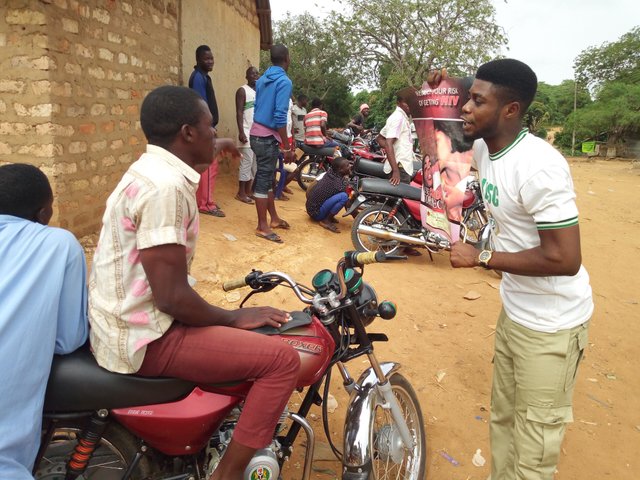
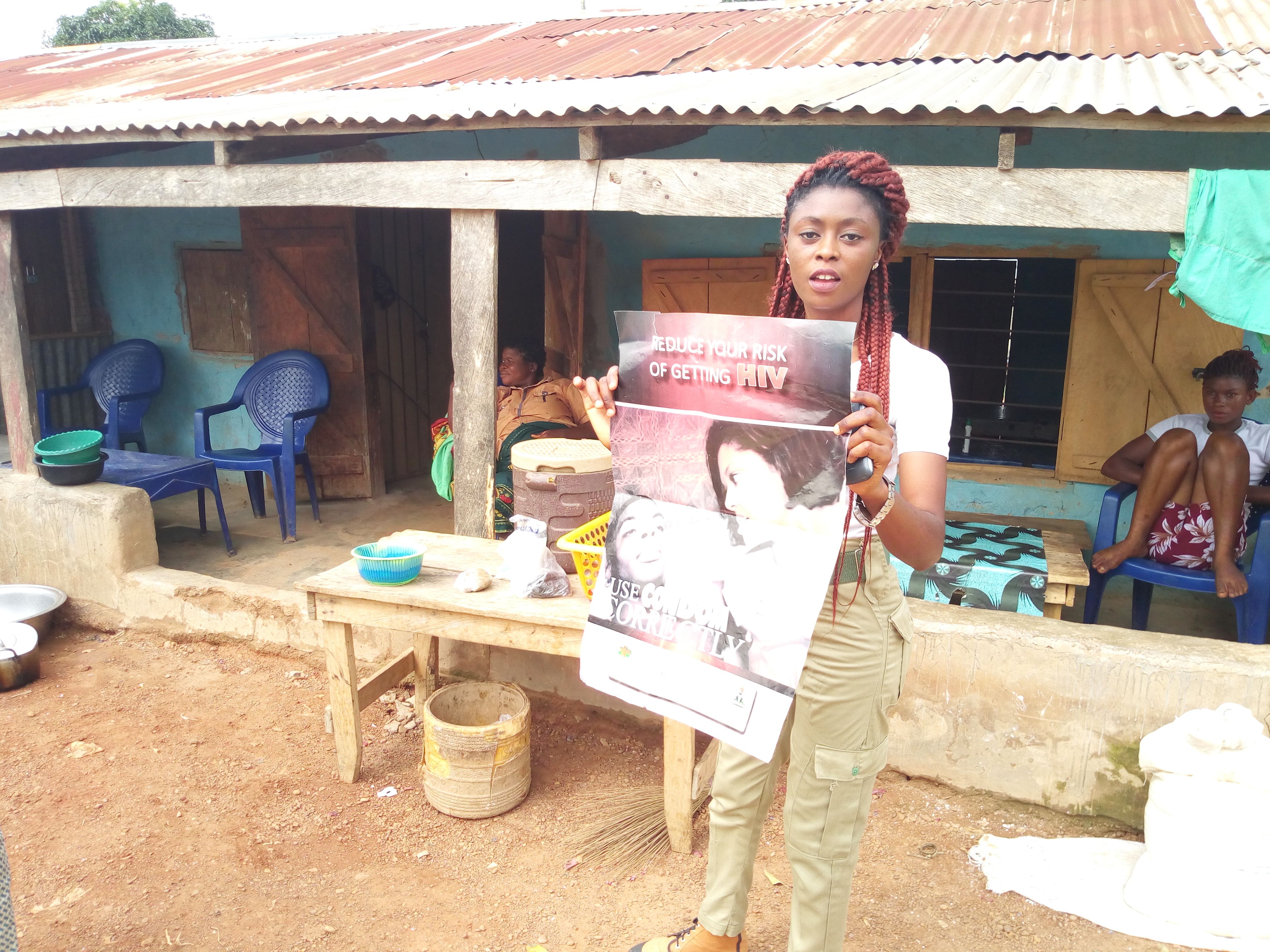
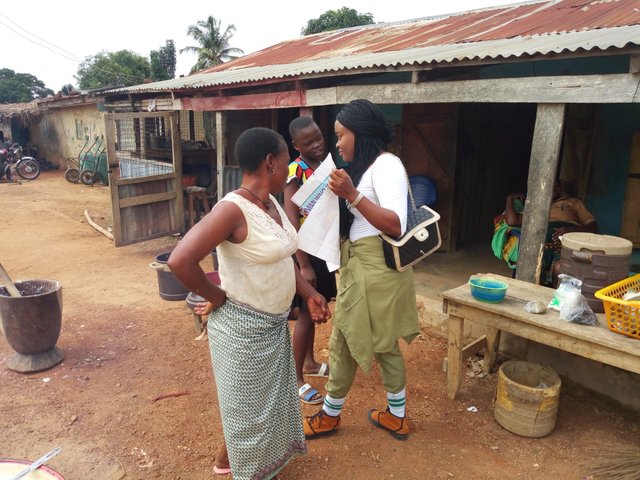

Pre-Testing Rally campaign
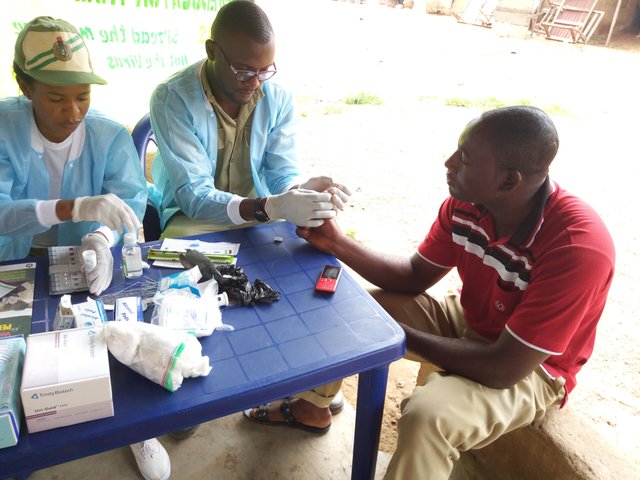

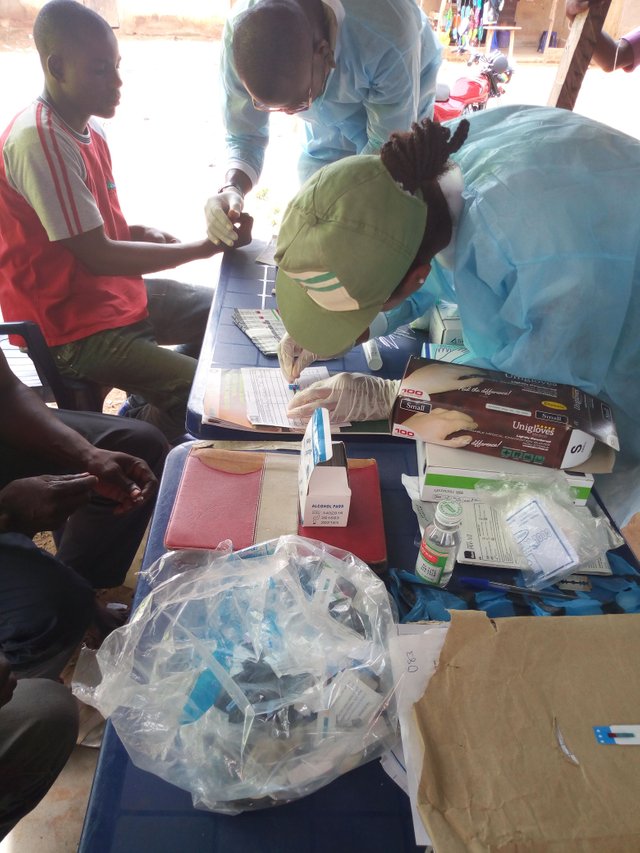
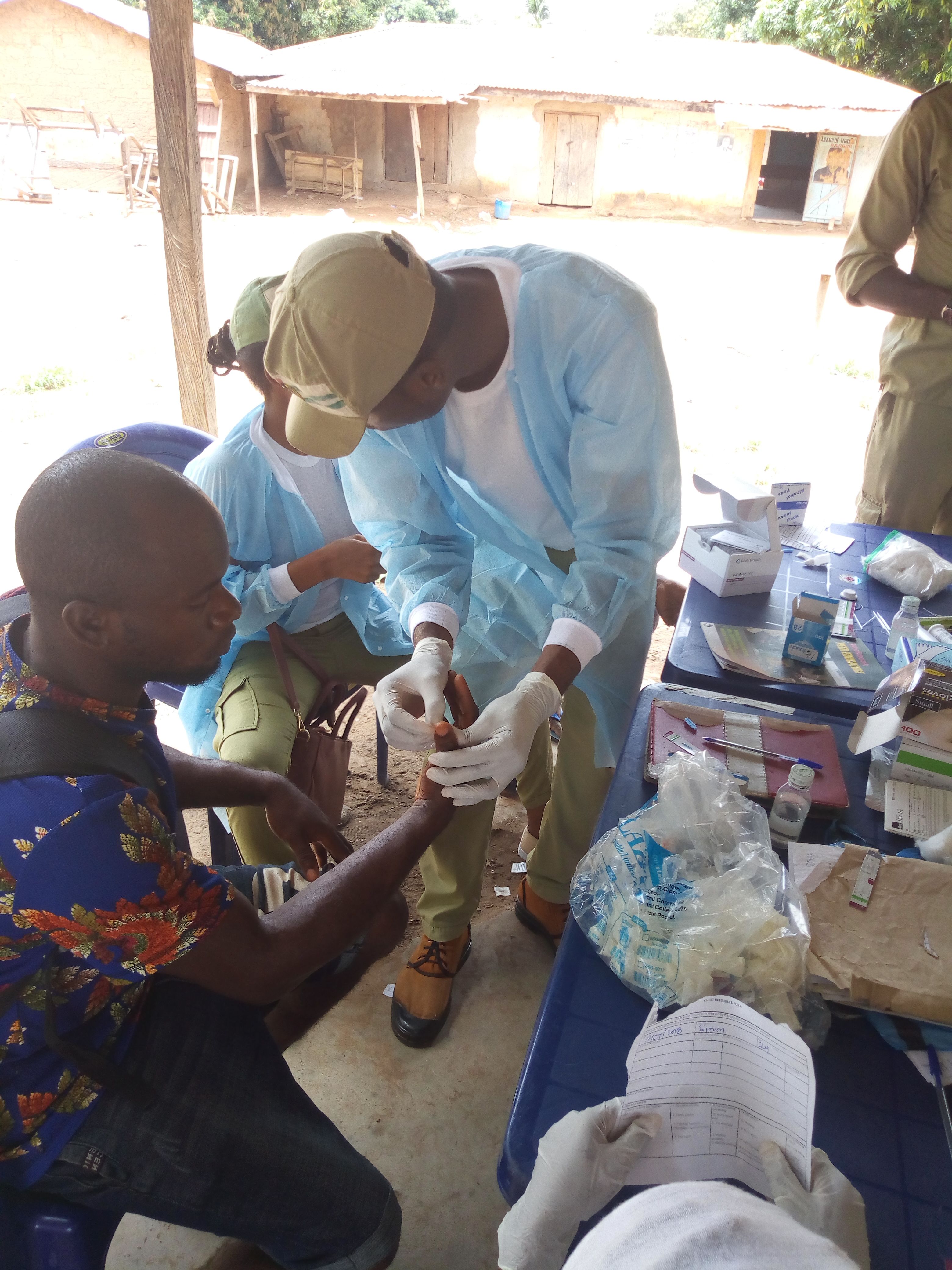
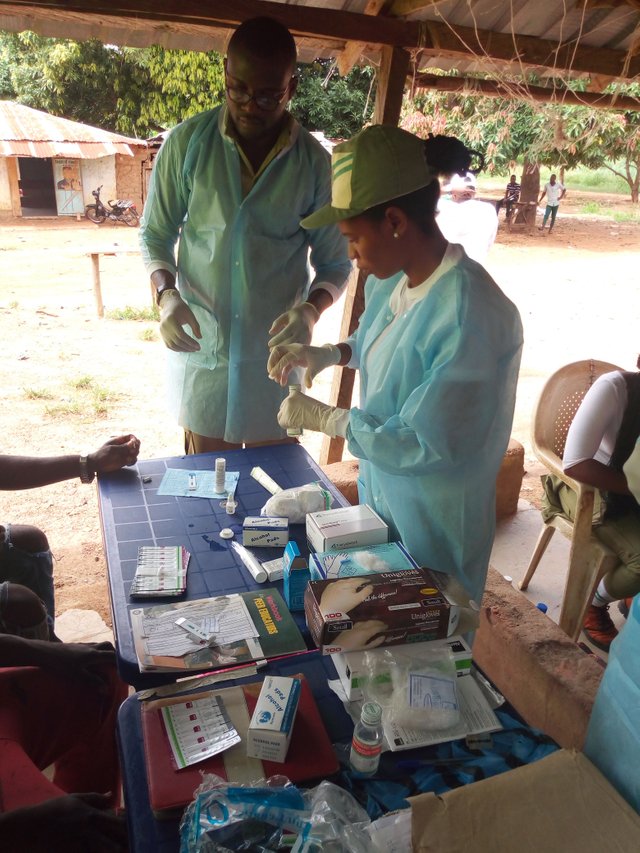
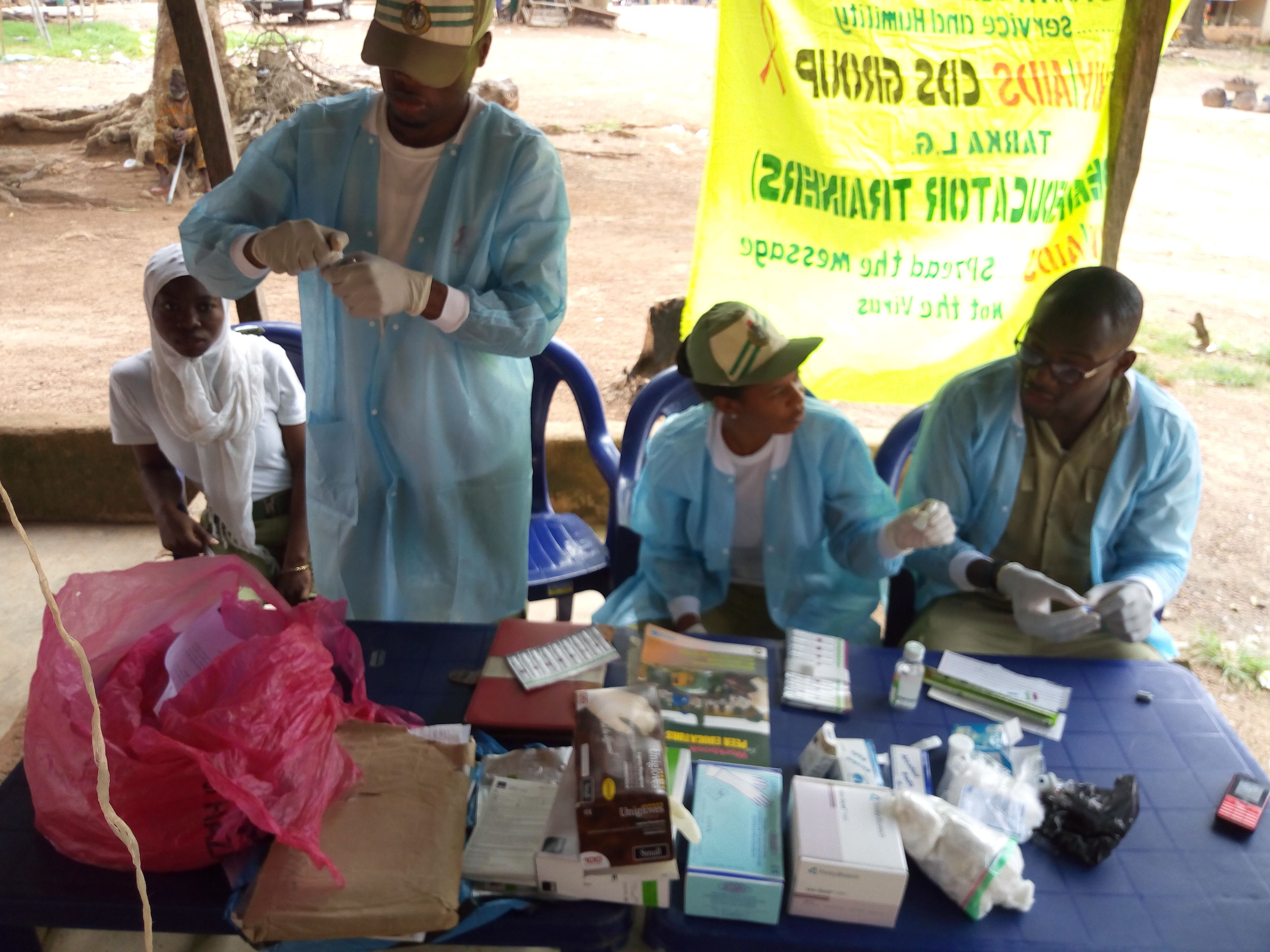
Free HIV testing and screening by our medical team
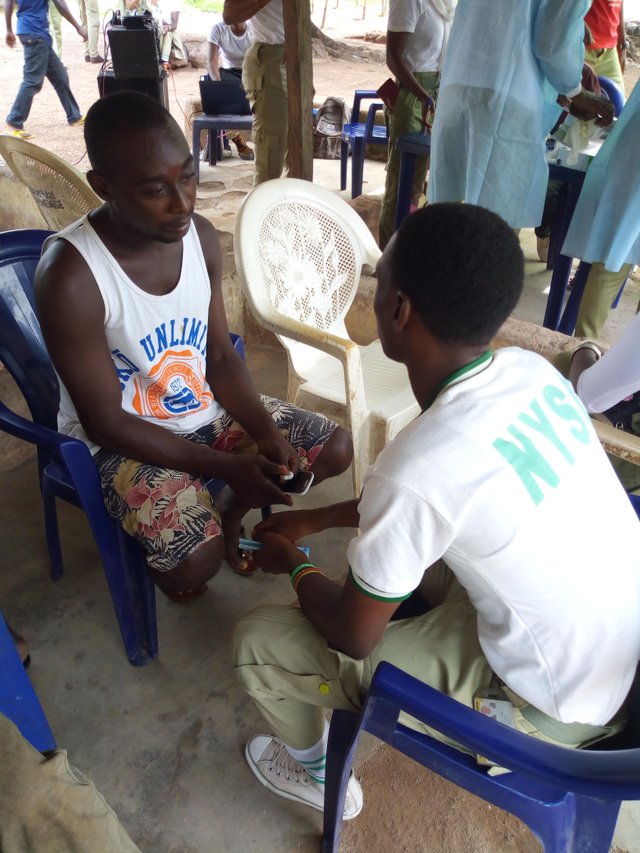
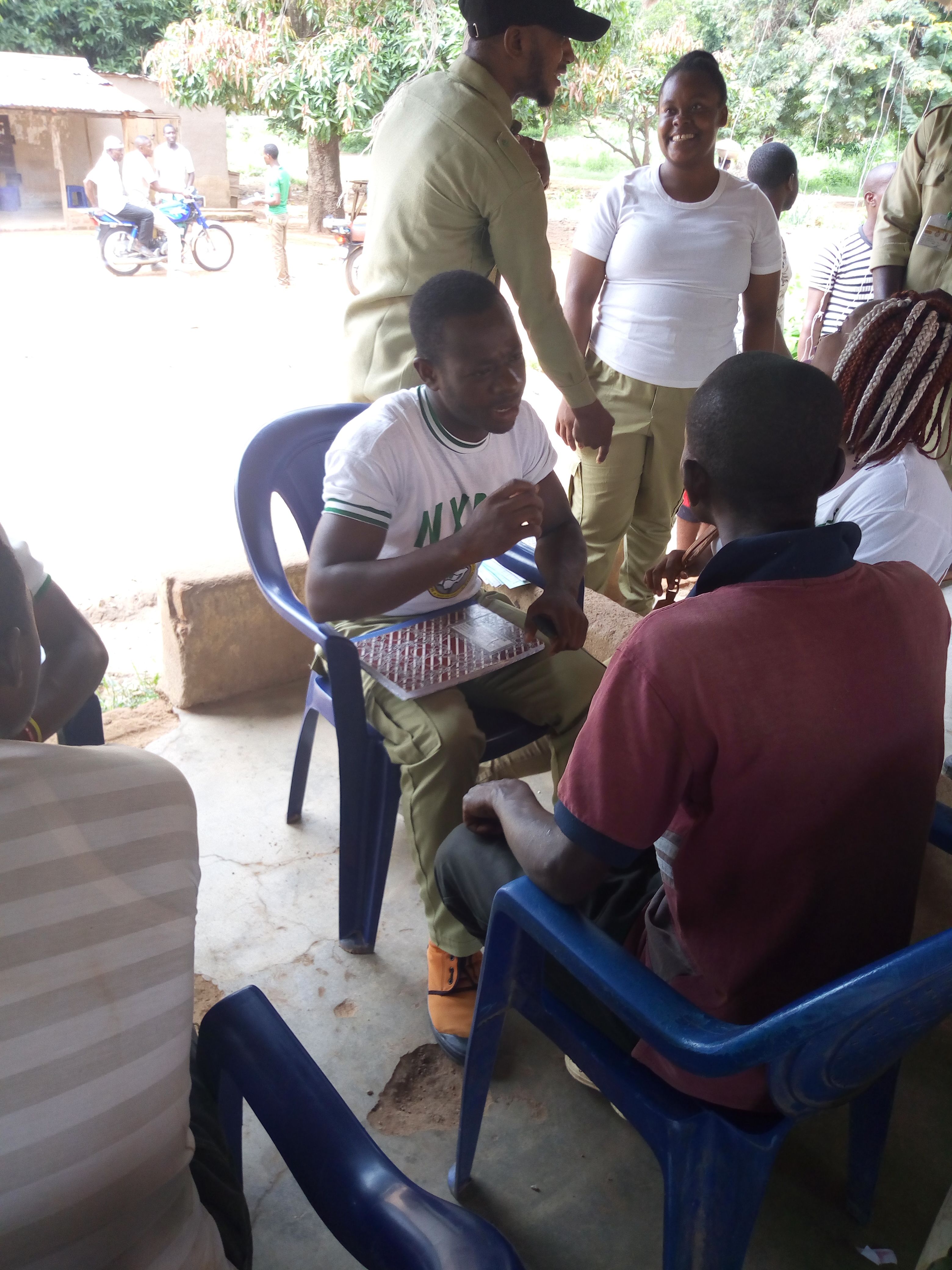
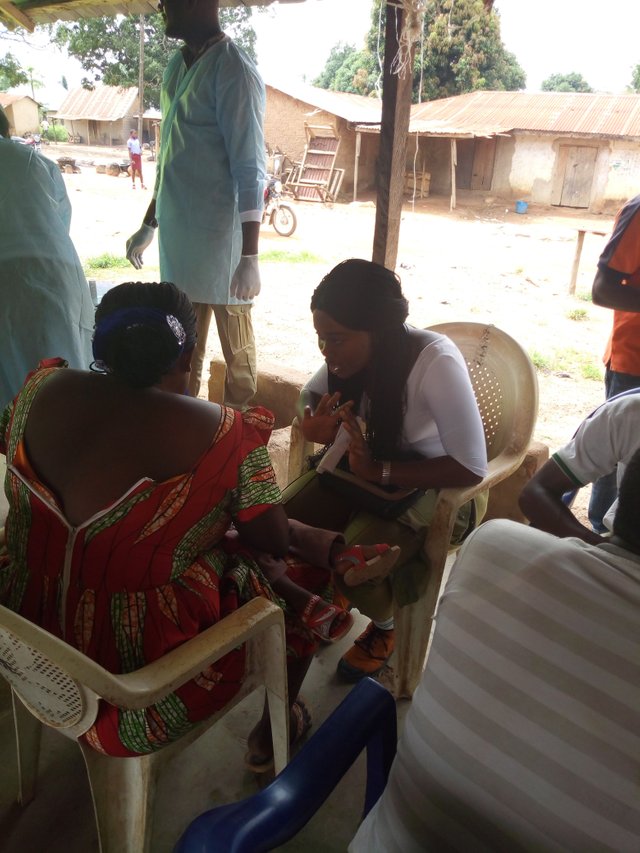
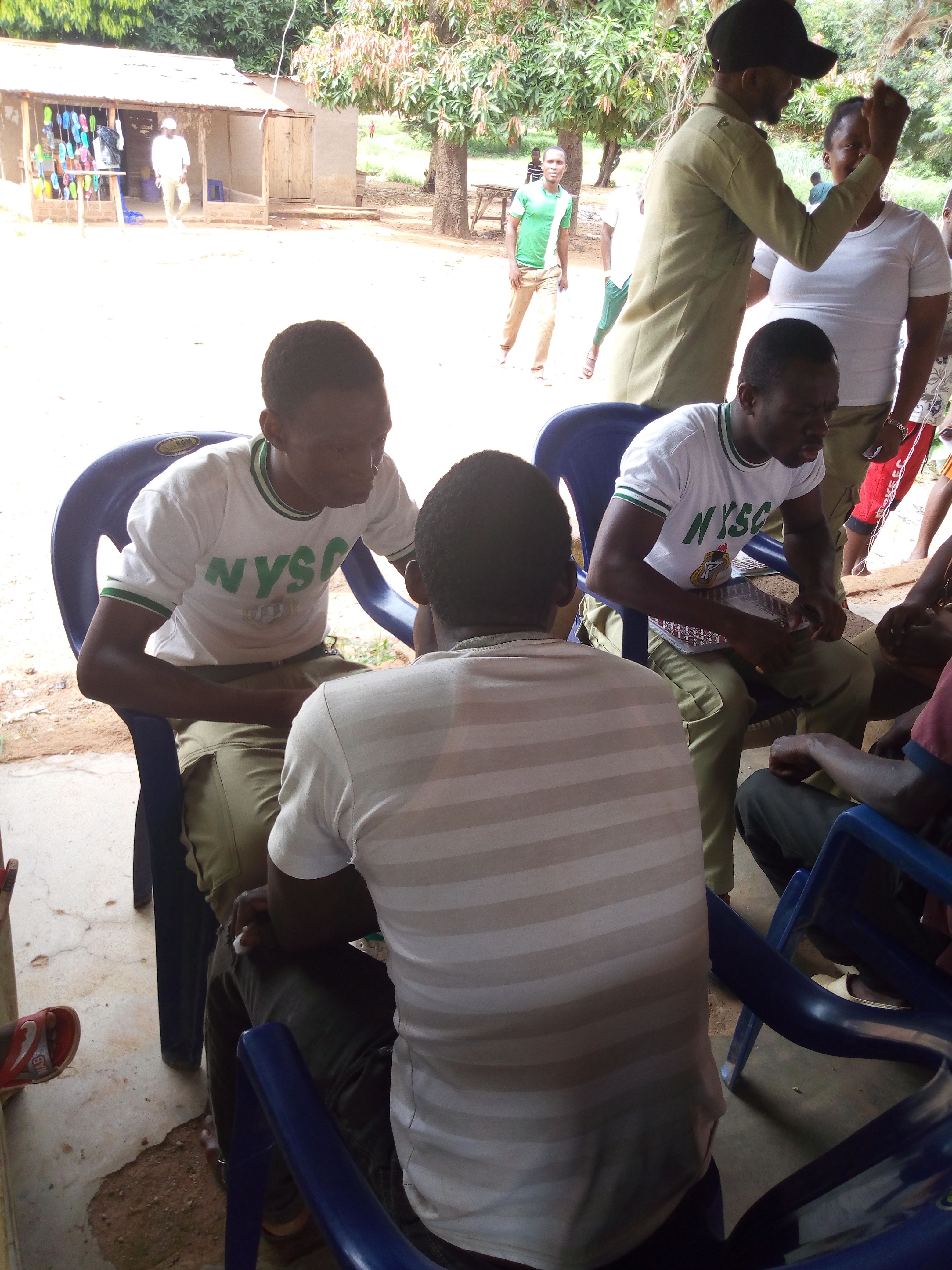
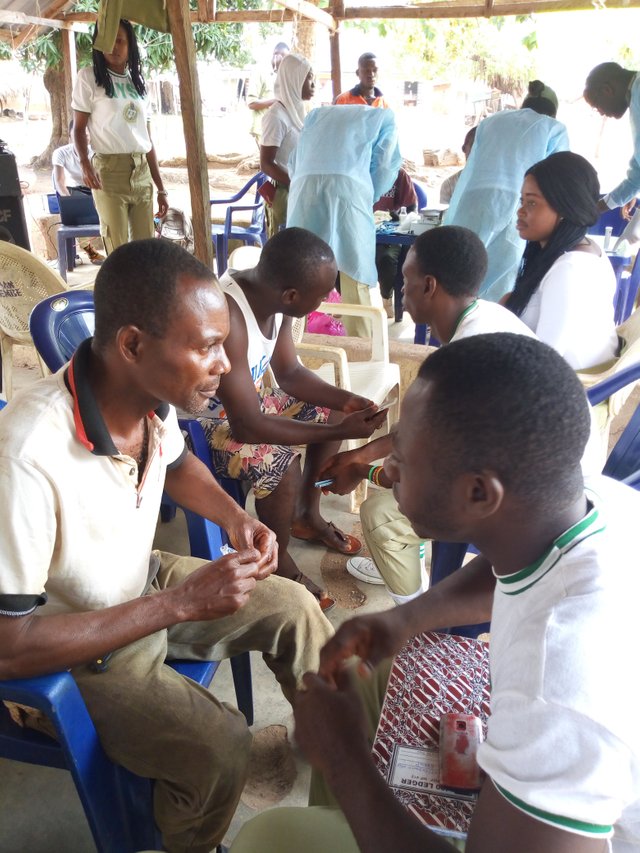
One on one HIV counselling with our experienced counsellors
Together, we can create an HIV free Nigeria. It begins with you!
Kind Regards,
Hi! I am a robot. I just upvoted you! I found similar content that readers might be interested in:
https://www.researchgate.net/profile/Olusegun_Ogundele/publication/301250559_HIV_epidemiology_in_Nigeria/links/5728fd9508ae2efbfdb7ed22/HIV-epidemiology-in-Nigeria.pdf
Hope one day AIDS will be a thing of the past. It has had a negative impact on the lives it cost and the lives that remain to endure its daily presence. Stay vigilant.